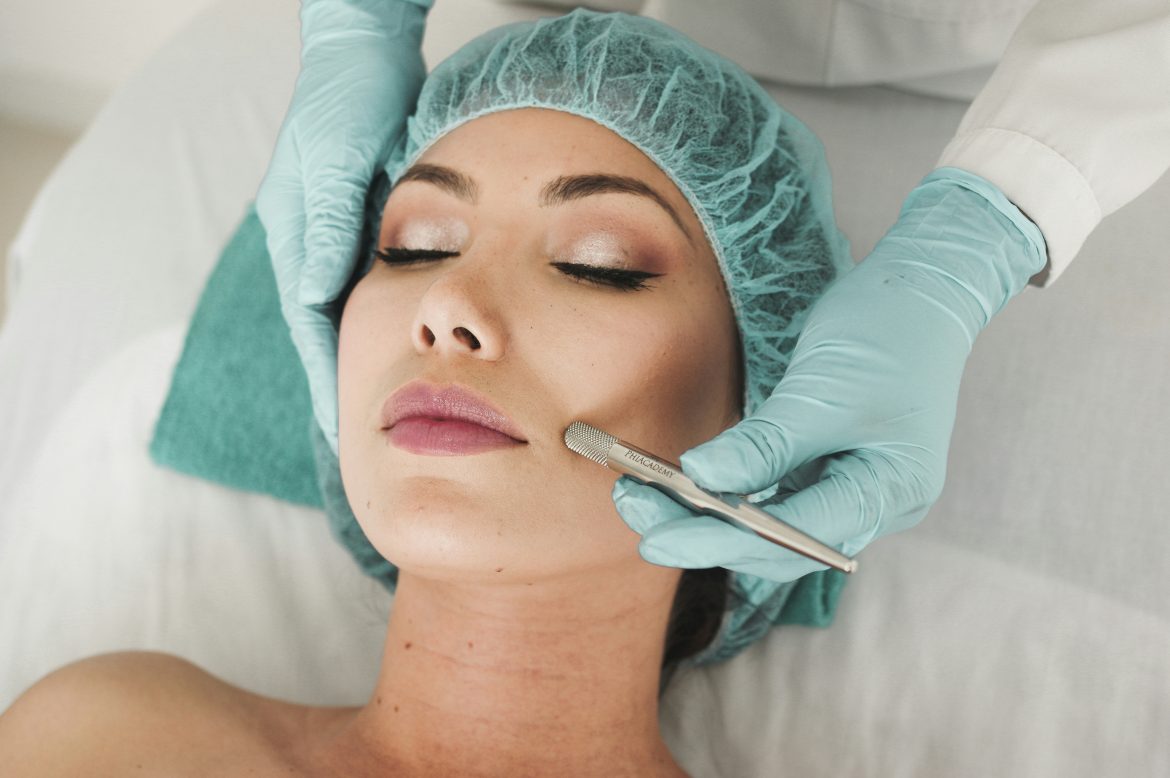As a woman in her 30-somethings, I’ve noticed my skin changing quite swiftly. I’ve been taught to start anti-ageing products in my mid-20s, which I’ve done religiously. Still, due to various lifestyle factors, such as stress, dehydration, lack of sleep and other environmental factors, my skin continues to bear the brunt.
This led me on a six-month skin rejuvenation journey with skin specialist, Dr. Michele Vanzaghi. My introductory consultation with Dr. Michele was easy and conversational as he made his recommendations without the medical jargon. He helped me understand the overall best way forward and also helped me manage my expectations for each step of the way.
I was fascinated by their integration of the latest global trends in aesthetics combined with their use of technology. Their stance is that the best results are obtained through multi-treatments that enhance and complement each other and that “multi-treatment does not add, it multiplies results”.
So off we go on the skin rejuvenation journey. First stop, chemical peels.
Chemical peels
Chemical peels come in various shapes and sizes and as technology is rapidly advancing and studies are constantly being conducted, new treatments are being introduced to the market. Depending on your specific aesthetic objectives and focus areas, the recommended formula might differ from person to person.
Types of peels:
- Doctor-only peels: These exclusive professional-grade treatments are administered by a registered doctor.
- Advanced peels: These peels target deeper skin layers for significant improvements
- Combination peels: These peels are the balancing act between mild and deep peels that will give you a more tailored result
- Superficial peels: This is ideal for maintenance or as an introductory treatment
- Fractionated resurfacing treatments: These include laser peels and radiofrequency treatments for intensive skin rejuvenation
I had a combination of superficial and fractioned resurfacing treatments to specifically treat skin dullness, dry texture and couperose skin, or skin redness, all of which may be signs and symptoms of ageing skin.
For now, we’ll delve into the superficial chemical peels.
What are the benefits of superficial chemical peels?
Superficial chemical peels are proven to improve:
- Fine lines and wrinkles
- Uneven skin tone and texture
- Dullness and lacklustre skin
- Acne and mild acne scars
- Age spots
- Minor sun damage
Azelaic Acid Chemical Peel
For my first session, the somatologist applied Azelaic Acid, which is an anti-inflammatory to address my skin sensitivity, redness, dullness, and mild acne scars. It also addresses acne, rosacea, and pigmentation. When applied, the peel had quite a strong chemical smell, which was the worst part of the process. It is left on the skin for five minutes, and around the third minute, I experienced some mild tingling and warmth in certain areas, like the forehead and around the nose area.
A few days later, I could definitely see the difference in the way that my skin was absorbing products, which was one of the concerns I mentioned to Dr. Michele on day one. I wanted a dewy look which I had failed to achieve, even when I applied oils until the Azelaic Acid chemical peel.
ALSO SEE:
Feature image: Unsplash

